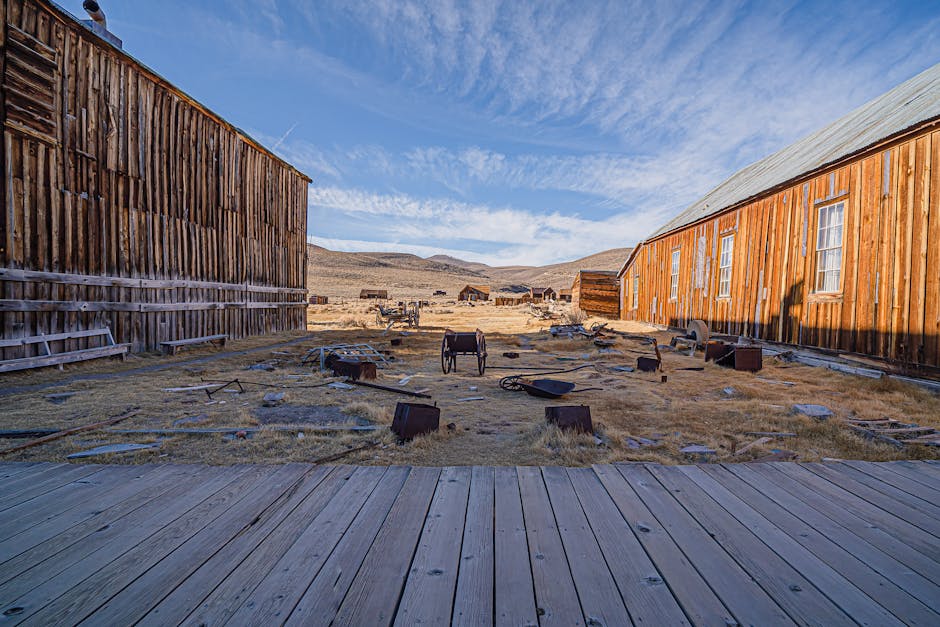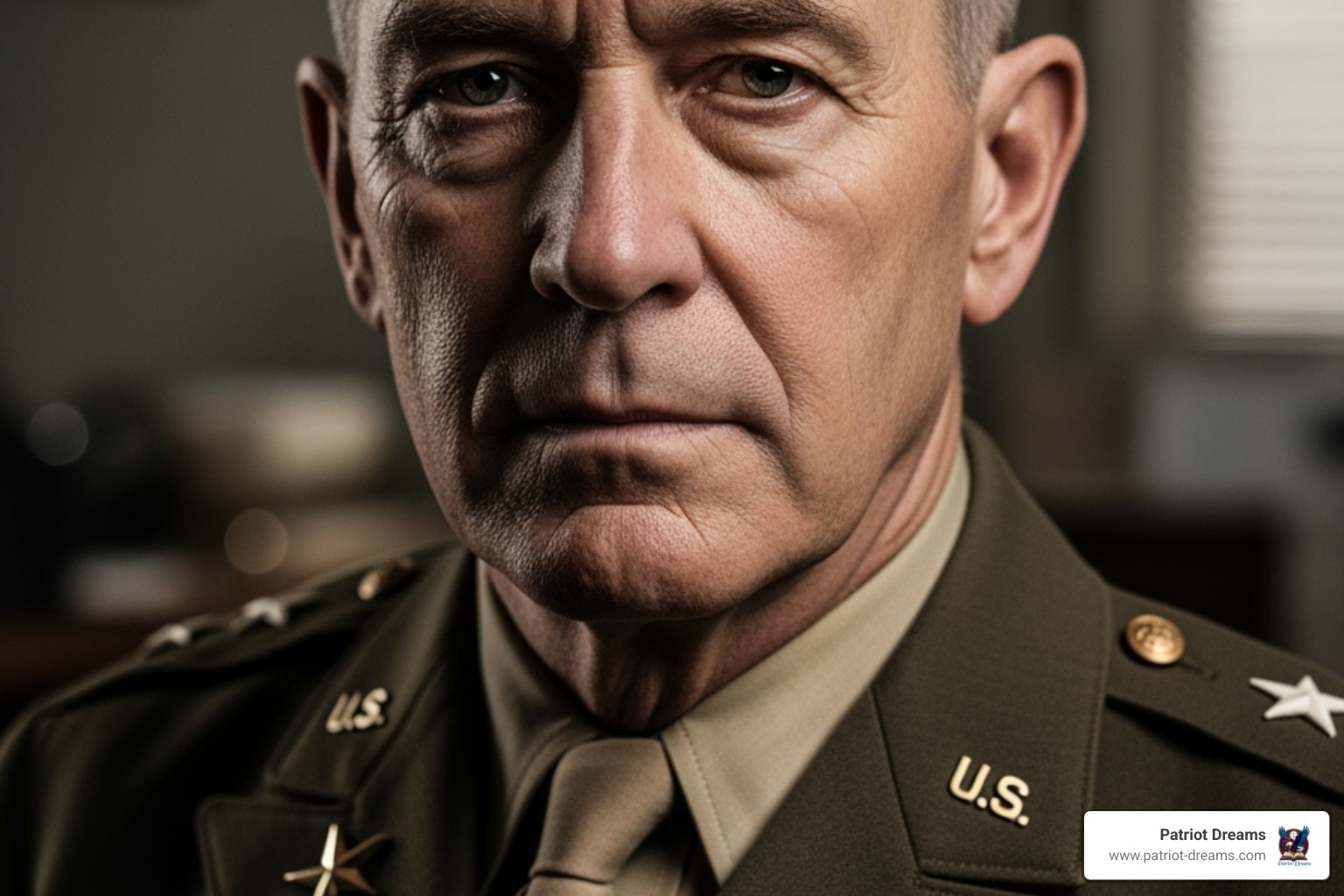When Film Becomes History: How Movies Shape Our View of America
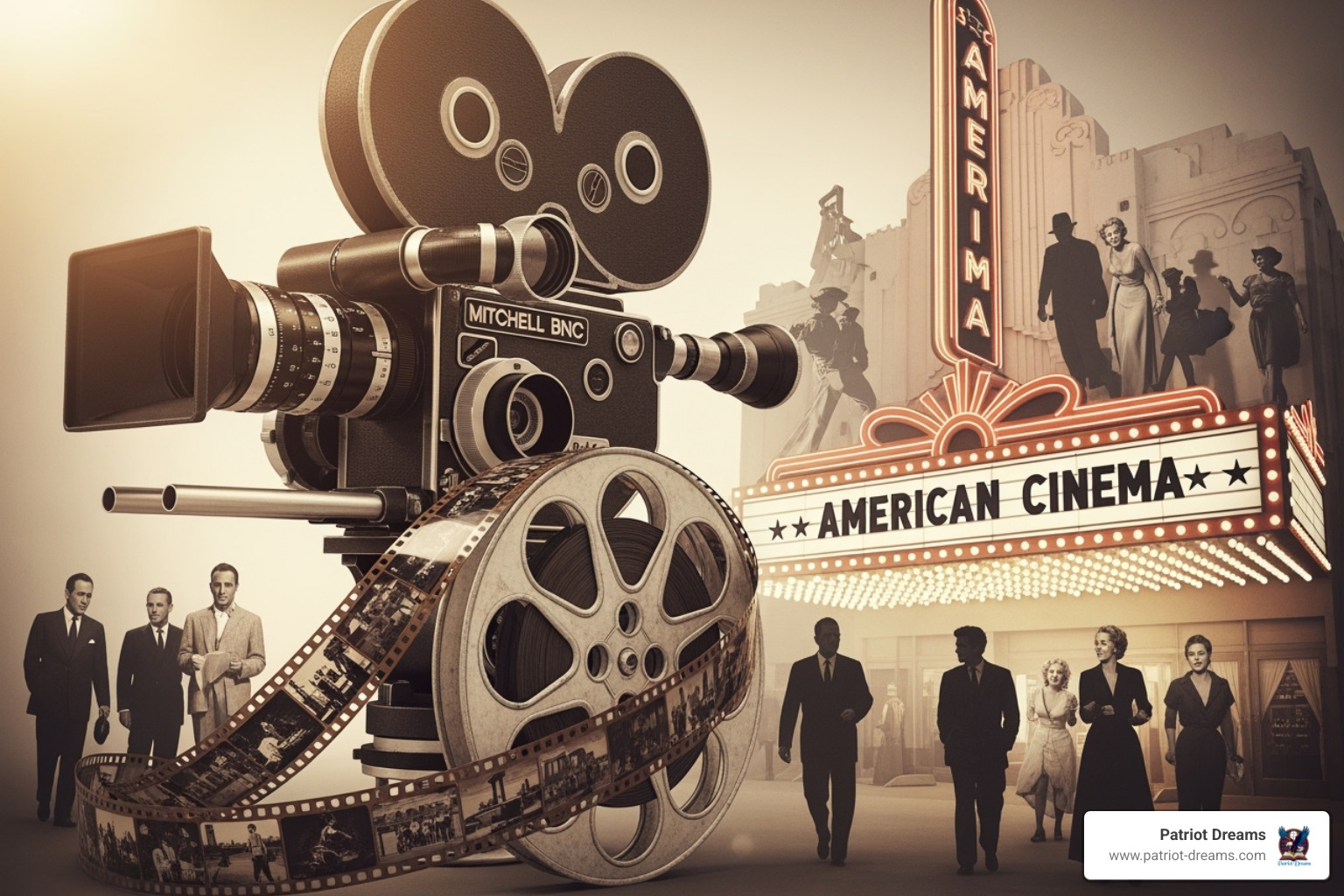
The Magic of Movies and Our Shared Memories
When Film Becomes History: How Movies Shape Our View of America is a journey we've all taken without even realizing it. From the moment we first watched a black-and-white classic with our grandparents or sat in a darkened theater as history unfolded on screen, movies have been quietly shaping how we understand our nation's story.
Key Ways Films Shape Our View of American History:
- Creating Shared Memories - Films like Saving Private Ryan and Forrest Gump become the defining version of historical events for millions of Americans
- Building National Identity - Hollywood's Golden Age gave us heroes and stories that united a nation during challenging times
- Teaching Through Emotion - Movies help us feel history, not just learn it, making the past personal and memorable
- Preserving Culture - Films serve as time capsules, capturing the fashion, language, and values of their era
- Inspiring Action - Documentaries and historical dramas spark conversations that lead to real change in our communities
Think back to the last time a movie made you feel proud to be an American. Maybe it was watching astronauts work together to solve an impossible problem. Maybe it was seeing ordinary people do extraordinary things during wartime. That feeling? That's the magic of cinema at work.
Movies have a unique power to transport us. They let us sit beside our founding fathers, walk through battles that shaped our nation, and witness moments of courage that define the American spirit. When we watch these stories unfold on screen, something remarkable happens—they become part of our own memory, woven into how we understand who we are as a people.
The communal experience of watching a film—whether gathered around a television set in the 1950s or sitting in a movie theater today—creates bonds that last for generations. These aren't just entertainment. They're how we pass down stories, values, and a sense of connection to something bigger than ourselves.
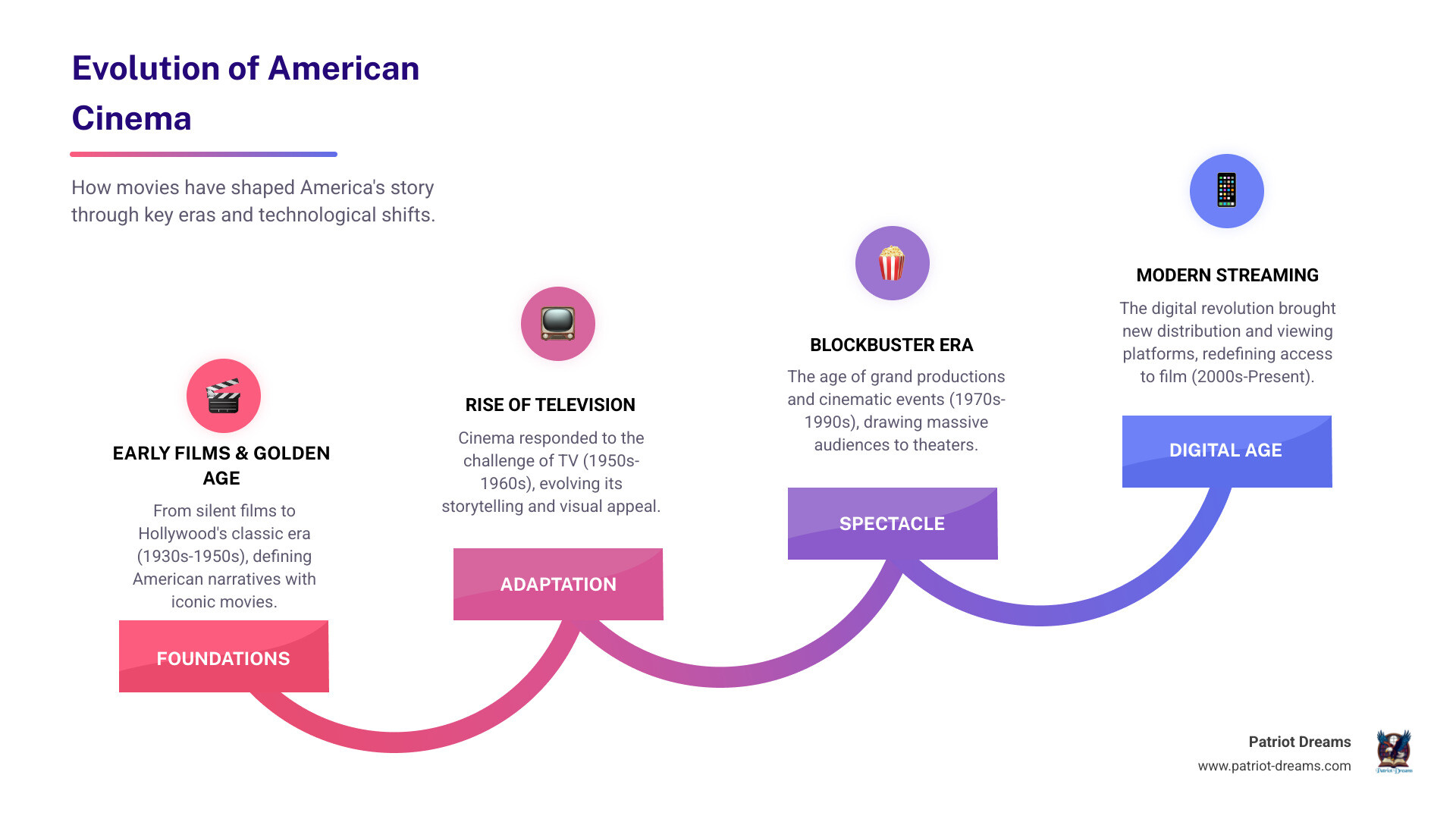
The Silver Screen as America's Mirror: Reflecting a Nation's Story
There's something magical about watching an old movie and seeing not just the story on screen, but a window into another time. When Film Becomes History: How Movies Shape Our View of America, it's because cinema has always been more than entertainment—it's been a mirror held up to our nation, reflecting who we were, who we wanted to be, and the dreams we shared together.
Think back to the earliest days of film, when silent movies flickered across screens in darkened theaters. Stars like Charlie Chaplin and Buster Keaton didn't need words to make us laugh, cry, or feel connected to something bigger. Their films captured the spirit of a young, growing nation—full of hope, humor, and the belief that tomorrow would be brighter. These weren't just movies; they were shared experiences that helped forge a common understanding of what it meant to be American. As we explore American Cultural History, we find cinema right there at every turn, documenting our journey and helping us make sense of where we've been.
The Golden Age of Hollywood, stretching from the 1930s through the 1950s, gave us something we desperately needed during challenging times. When the Great Depression left families struggling and World War II called our young men to distant shores, movies became a lifeline. They offered hope and inspiration when hope was hard to find. The optimism of musicals like "Singin' in the Rain" reminded us that joy could still be found. World War II films rallied our spirits and showed us heroes doing extraordinary things—not because they were superhuman, but because they were Americans standing together.
During this golden era, cultural icons emerged who seemed to embody everything we aspired to be. Humphrey Bogart showed us quiet strength and integrity. Audrey Hepburn represented grace and kindness. These weren't just movie stars—they were symbols of our better selves, teaching us about courage, character, and what it meant to live with purpose. Academic works like Hollywood's America: Understanding History Through Film, 5th Edition explore how deeply these films shaped our understanding of our own story, serving as cultural artifacts that reveal as much about the times that created them as any history book.
How Movies Have Reflected American Identity
Every era of American film has held up a mirror to our national soul. The silent film stars of the 1920s gave us stories of triumph and perseverance that spoke to immigrants and native-born Americans alike. When musicals burst onto the scene with their vibrant colors and toe-tapping optimism, they reflected a nation that believed in the power of hard work and happy endings.
Then came the patriotism on screen during World War II—films that showed us not just battles, but the values we were fighting for. These weren't just propaganda pieces—many were heartfelt stories about ordinary people doing their part, whether that meant serving overseas or keeping the home fires burning. They helped create what we might call an "imagined community"—a shared sense of belonging that transcended state lines and backgrounds.
As decades passed, films continued to evolve with us. The conservative 1950s gave us movies that reflected the era's values and concerns, including its fears about communism. The turbulent 1960s and early 1970s brought films that questioned authority and challenged the status quo. Through it all, cinema remained an active participant in our ongoing conversation about who we are as a people—not just reflecting our society, but helping to shape it.
From Movie Palaces to Living Rooms: A Changing Experience
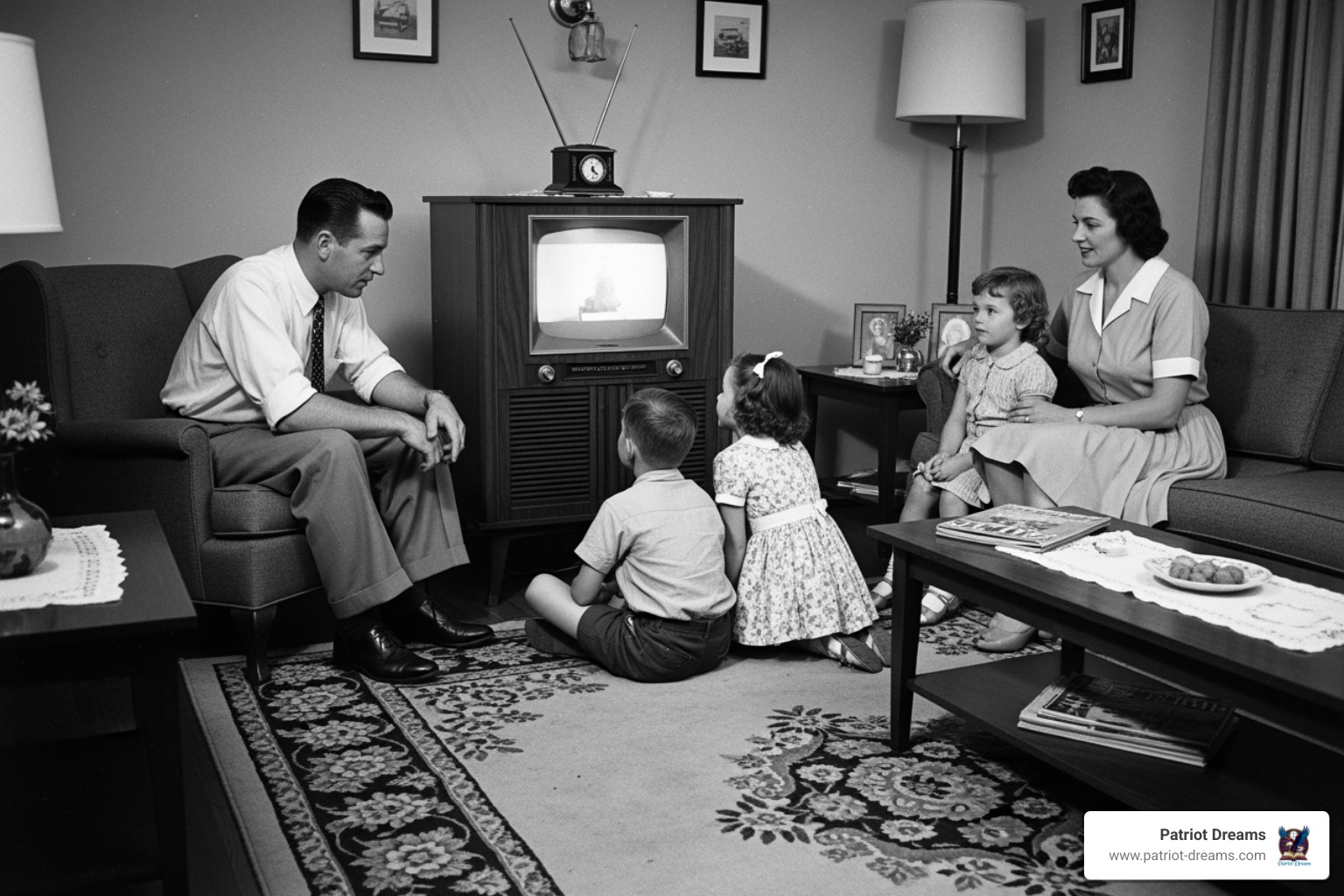
Do you remember the first time you walked into a real movie theater? That sense of wonder, of being somewhere special? For generations, going to the movies was a grand, communal event. The great movie palaces of the early and mid-20th century weren't just buildings—they were temples to storytelling, with their ornate decorations, plush seats, and screens that seemed to stretch to the heavens. William Paul, in his book When Movies Were Theater, captures this beautifully, describing how these magnificent spaces shaped not just our experience of watching films, but the films themselves. Imagine being one of thousands of teenagers watching "Rock Around the Clock" in Blackboard Jungle—the energy, the shared excitement, the feeling of being part of something bigger!
But then something changed. The rise of television in the 1950s brought the magic of moving pictures right into our living rooms. Before 1947, only a handful of American homes had television sets. By 1952, that number had jumped to 12 million. By 1955, half of all American families gathered around their own TV sets each evening. Families described feeling more connected, with some even joking that the television had become a new family member—one that helped everyone come together and share experiences, even if those experiences were now happening in the comfort of home instead of at the theater.
The shift from theater to living room marked a profound change in how we experienced stories together. The introduction of home video and later streaming services brought even more change. Now we can watch classic movies anytime, anywhere—even on devices that fit in our pockets. This accessibility is wonderful in many ways, opening up vast libraries of films and making it easier than ever to explore our shared history through cinema.
Yet something was also lost in this transition. The nostalgia of watching classic movies together—whether in a grand theater or gathered around the family TV—reminds us that films are meant to be shared. When we watch alone on our phones, we miss out on that communal reaction, that shared gasp or laugh or tear. This shift affects how we remember these films and the historical moments they portray. The stories remain powerful, but the experience of finding them together, of becoming part of a larger audience united in wonder, has become a rare and precious thing.
When Film Becomes History: How Movies Shape Our View of America
Think about the last time you pictured D-Day in your mind. Did you see it in black and white from a history textbook, or did you see the opening scene from Saving Private Ryan? For most of us, our most vivid understanding of history comes not from dusty textbooks, but from the movies we've watched together with family and friends.
When Film Becomes History: How Movies Shape Our View of America, something remarkable happens. These cinematic stories don't just entertain us—they become the lens through which we see our nation's past. They help us feel what happened, not just know about it. And that emotional connection? It stays with us far longer than any list of dates or facts ever could.
Defining Moments on Film
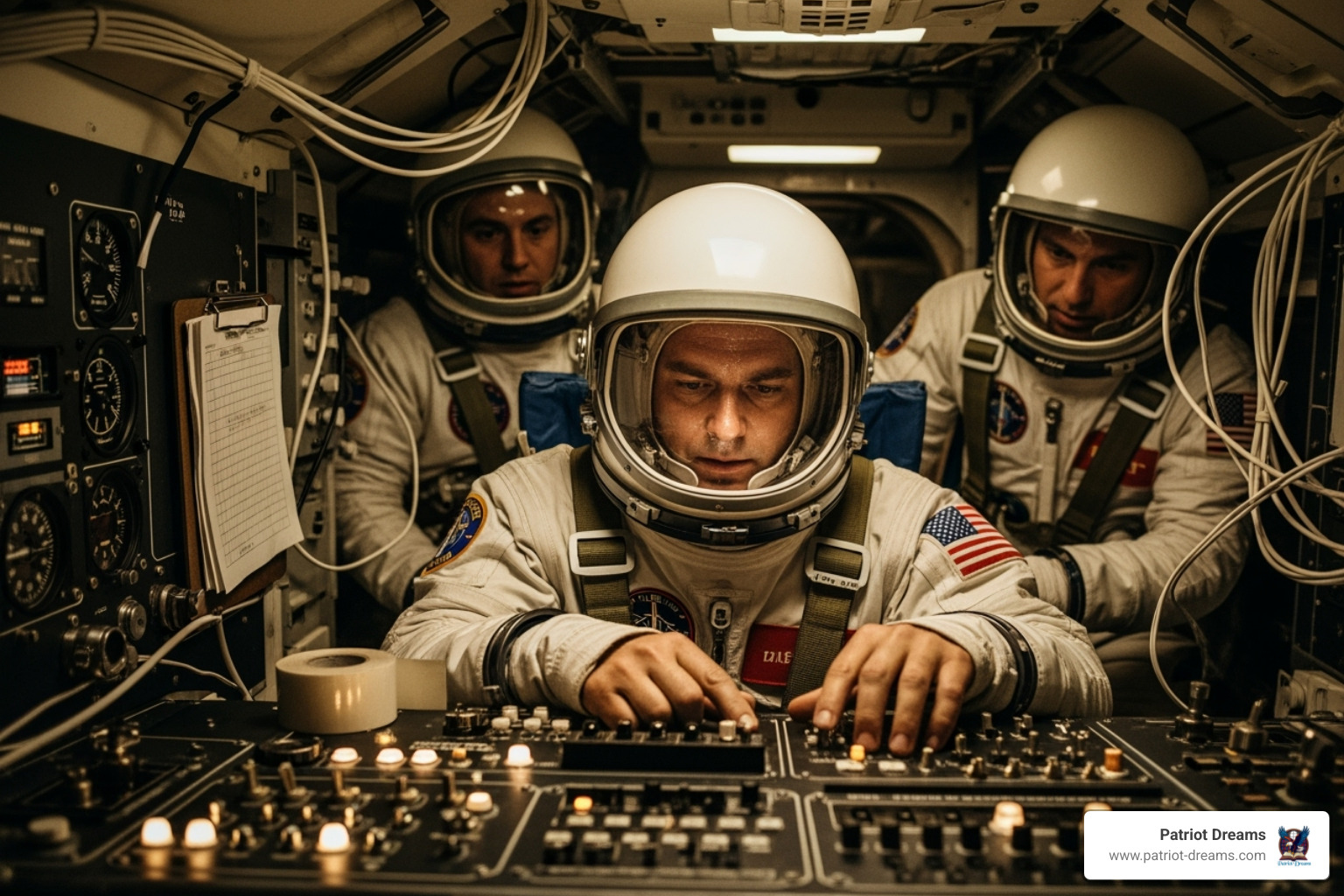
Some films become so powerful that they shape how entire generations understand a moment in time. When Steven Spielberg brought the beaches of Normandy to life in Saving Private Ryan, he didn't just make a war movie—he gave millions of people a visceral understanding of what our soldiers faced on D-Day. The courage, the fear, the sacrifice—suddenly, these weren't just words in a history book. They were real.
Apollo 13 did something similar for the Space Race. It captured that uniquely American spirit of problem-solving and determination when everything's on the line. Watching those astronauts and engineers work together to bring the crew home safely, you can't help but feel proud of what people can accomplish when they refuse to give up.
And then there's Forrest Gump, which took us on a gentle journey through decades of American life. Through one man's simple, honest perspective, we experienced everything from Elvis to Vietnam to the fall of the Berlin Wall. It reminded us that history isn't just made by presidents and generals—it's lived by everyday people like you and me.
These films teach us about courage, perseverance, and unity in ways that touch our hearts. They show us the human side of history, much like the real stories of heroes such as General Jonathan Wainwright: The Hero of Bataan's Defiance. They help us understand not just what happened, but what it meant to the people who lived through it.
The Storyteller's Art: Blending History with Heart
There's something magical about the way a good movie can make history come alive. But here's the thing we need to remember: movies are, first and foremost, stories. They're not textbooks. They're not documentaries bound by every factual detail. They're crafted by storytellers who want to make us feel something—to laugh, cry, or sit on the edge of our seats.
When Film Becomes History: How Movies Shape Our View of America, we're witnessing the beautiful marriage of historical truth and artistic expression. Filmmakers are artists, and their canvas is the human experience. Sometimes that means taking a little creative liberty with the details to capture something bigger—the emotional truth of what happened. They might compress timelines, combine characters, or add dramatic moments that didn't quite happen that way, all in service of helping us understand what it felt like to live through those times.
This blend of history with heart is exactly what makes films so powerful. When we watch a character struggle through a historical event, we're not just learning dates and facts—we're connecting with real human experiences. We feel the fear, the hope, the determination. That's the storyteller's gift to us, and it's why a two-hour movie can sometimes teach us more about the spirit of an era than hours of reading ever could.
The key is appreciating films for what they truly are: both beautiful works of art and windows into our past. We can enjoy the drama and the characters while also understanding that the real story might have a few more layers to it.
How Movies Act as Historical Documents

Here's something wonderful about old films: they're like time capsules that capture so much more than their stories. Think about watching a movie from the 1950s. You're following the plot, but you're also seeing how people dressed, how they talked, what their homes looked like, and what mattered to them. You're glimpsing a whole world.
Those early silent films didn't just entertain—they actually shaped the fashion and language of their day. People copied what they saw on screen. The movies became part of daily life, influencing how folks behaved and even how they dreamed about their futures.
Every film, whether it's a Western from the 1940s or a drama from the 1980s, preserves something precious about its era. The music playing in the background, the cars on the street, the way families interact at the dinner table—these details paint a vivid picture of American life at that moment in time. It's history captured in motion, showing us not just what happened, but how it felt to be alive during those years.
This makes watching films from different periods one of the most enjoyable ways to understand our journey as a nation. They complement the formal historical record with color, sound, and life. They help us see the real people behind the American Pioneer Stories and understand the world they lived in.
When Film Becomes History: How Movies Shape Our View of America
So how do we balance our love for these cinematic stories with the need for historical accuracy? It's actually simpler than you might think.
The first step is recognizing that there's often a difference between what happened in history and what we see in "history" movies. Filmmakers make choices—sometimes they'll change a detail to make the story flow better, or combine several real people into one character to keep things clear. These choices aren't meant to deceive us; they're part of the art of storytelling.
Our own backgrounds also color how we see these films. The way you interpret a historical movie might be different from how your neighbor sees it, and that's perfectly okay. We all bring our own experiences and perspectives to what we watch.
But here's the beautiful part: films can spark our curiosity. When a movie about a historical figure moves you, that's the perfect moment to dig a little deeper. Who were the real Historical American Figures behind the characters? What did historians find about those events? What would the people who lived through it say about their own experiences?
Films are wonderful starting points for this kind of exploration. They get us excited about history in a way that makes us want to learn more. And when we do seek out those real stories—the complexities, the surprising details, the everyday heroism—we find something even richer than what we saw on screen. We find the true heart of our shared American heritage, preserved in the voices and memories of real people who lived it.
How Contemporary Films Continue to Explore Our Past
There's something beautiful happening in American cinema right now. Modern filmmakers are reaching back into our history with fresh eyes and open hearts, finding stories that have always been there, waiting to be told. When Film Becomes History: How Movies Shape Our View of America, it's not just about preserving the past—it's about understanding who we are today and who we hope to become tomorrow.
Contemporary films are reinterpreting familiar stories and bringing lesser-known heroes into the light, showing us that the American story is far richer and more diverse than we might have imagined. These movies reflect our current hopes and values, reminding us that history isn't just something that happened—it's something that continues to shape us. The enduring power of stories about our Revolutionary War Heroes and founding figures still inspires us, but today's filmmakers are expanding that inspiration to include voices and experiences from every corner of our national mix.
What makes this moment so special is how these films help us see ourselves in our history. They celebrate the resilience and community spirit that have always been hallmarks of the American experience, showing us that ordinary people doing extraordinary things is the real heart of our nation's story.
New Perspectives on Familiar Stories
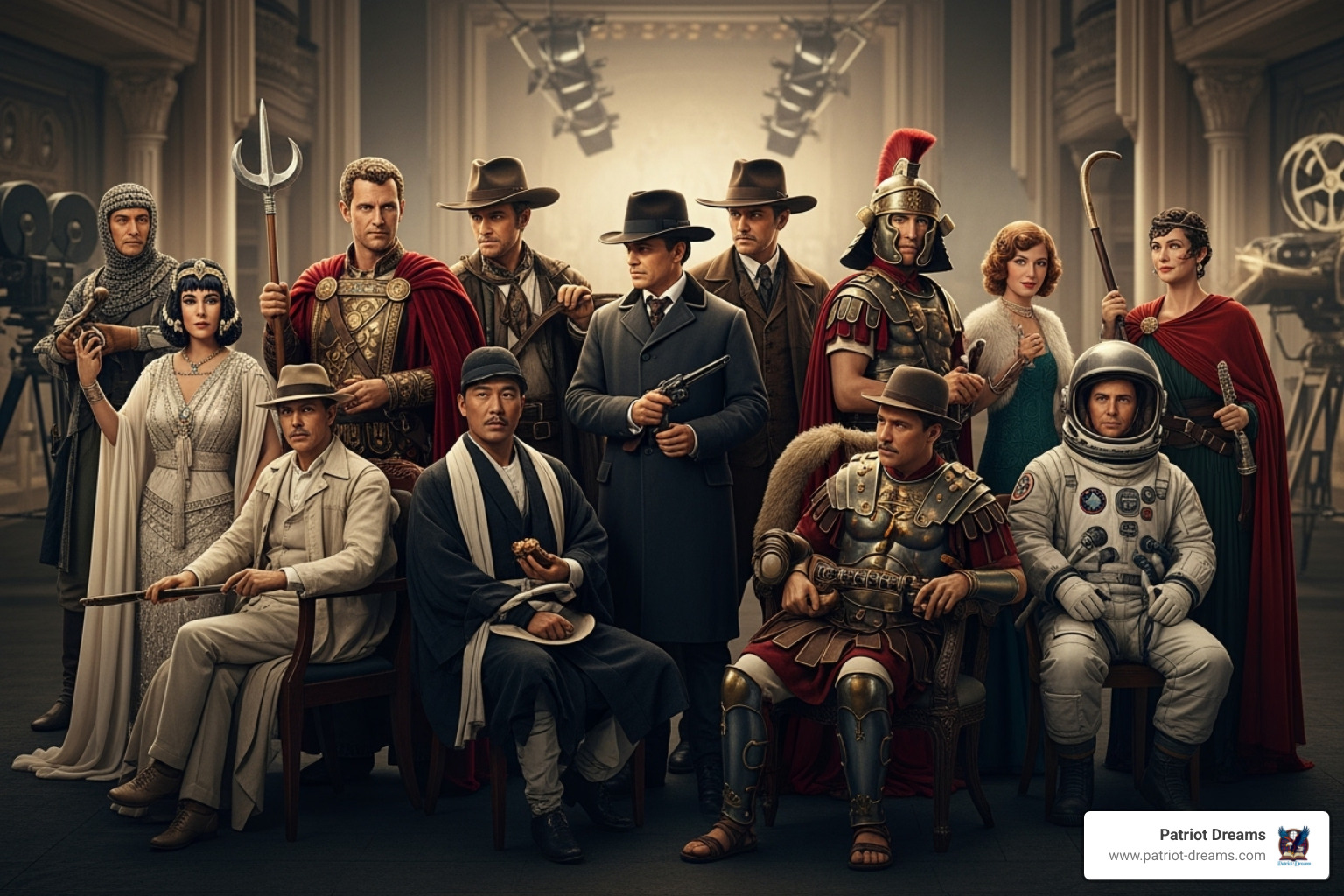
Think about the historical films you've seen in recent years. Many of them shine a spotlight on people whose contributions were overlooked or forgotten, bringing their remarkable stories to life with the same care and attention once reserved for only the most famous figures. This shift matters because it shows us the full picture of who built America and kept it going through challenging times.
Recent inspiring historical films have given us windows into previously hidden corners of our history. Movies about brilliant women who were instrumental to NASA's early space missions showed us how talent and determination can overcome any barrier. Films focusing on civil rights leaders have reminded us of the immense courage it took to stand up for what's right, even when the cost was high. Stories of abolitionists who risked everything for freedom have inspired new generations to understand the long journey toward equality.
These narratives, much like The True Story of Sacagawea: Guide, Interpreter, and American Icon or Virginia Hall: The Limping Lady Who Outwitted the Nazis, remind us that American history is built on countless acts of courage, resilience, and community. Every person who stood up, spoke out, or simply kept going when things got hard contributed to the nation we know today.
What's truly wonderful about these films is how they make history feel personal again. They show us real people with fears and hopes, with families and dreams, who found themselves at pivotal moments and chose to make a difference. These aren't just history lessons—they're reminders that each of us is part of an ongoing story, and that our own choices and actions matter too.
When Film Becomes History: How Movies Shape Our View of America
The way we watch movies has changed dramatically, and that's opened up incredible new possibilities for historical storytelling. Modern technology brings historical settings to life with stunning detail, letting us walk through the past in ways our grandparents could never have imagined. Computer graphics can recreate long-gone cities, digital sound design can immerse us in historical moments, and careful research combined with artistry can transport us across centuries.
But perhaps the most significant change has been in how these stories reach us. The rise of streaming platforms means that historical films are more accessible than ever before. You don't need to wait for a movie to come to your local theater or catch it on television at a specific time. These stories are available whenever you're ready to listen, ready to learn, ready to be inspired.
This accessibility has fostered an ongoing dialogue between filmmakers and the American story. Resources like The Columbia Companion to American History on Film | Columbia University Press help us understand how these cinematic interpretations evolve and what they reveal about our values and concerns. As we continue to create and share historical films, we're constantly re-evaluating our national narrative, ensuring that the American story remains vibrant and meaningful for each new generation.
The beauty of this moment is that we're not replacing the old stories—we're adding to them, enriching them, making room for more voices and more perspectives. We're learning that our history is big enough to hold all of our stories, and that understanding the past more completely helps us build a better future together.
Conclusion: The Enduring Power of Story
There's something magical about how movies connect us to our shared past. They transport us to moments we never lived through, introduce us to people we'll never meet, and make history feel like it's happening right in front of us. When Film Becomes History: How Movies Shape Our View of America, we see how these cinematic visions become more than just entertainment—they become part of who we are, shaping how we remember our nation's journey and inspiring us to reflect on the values that matter most.
Movies are a testament to the American spirit of creativity and storytelling. They capture moments of triumph and struggle, courage and compassion, showing us the best of what we can be. From the silent film stars who made us laugh without saying a word, to the modern filmmakers who bring forgotten heroes to life, cinema has always been about telling stories that matter—stories that remind us we're all part of something bigger than ourselves.
But here's the beautiful truth: while films give us that vivid, emotional vision of history, it's the real stories—the personal narratives, the heartfelt experiences of everyday people—that truly give our nation its soul. Those authentic voices, the ones that might not make it to the big screen, are just as important to understanding who we are as Americans.
That's what we believe in at Patriot Dreams. We're passionate about preserving and sharing these genuine, personal stories that make up the rich fabric of American history. Through audio storytelling, we bring these voices to life, letting you hear the experiences of real people who lived through the moments that shaped our nation. It's history that feels personal, because it is.
We invite you to find these heartfelt stories for yourself. Explore the stories that have shaped our nation and connect with the heart of America, one story at a time. Because the enduring power of story isn't just about what we watch on screen—it's about the voices we carry with us, the memories we share, and the connections that bind us together as one nation, one people.
Join the Patriot Dreams Community
Download the app today and start your journey through American history and personal legacy.

Explore Our Latest Insights
Dive into stories that shape our American legacy.


